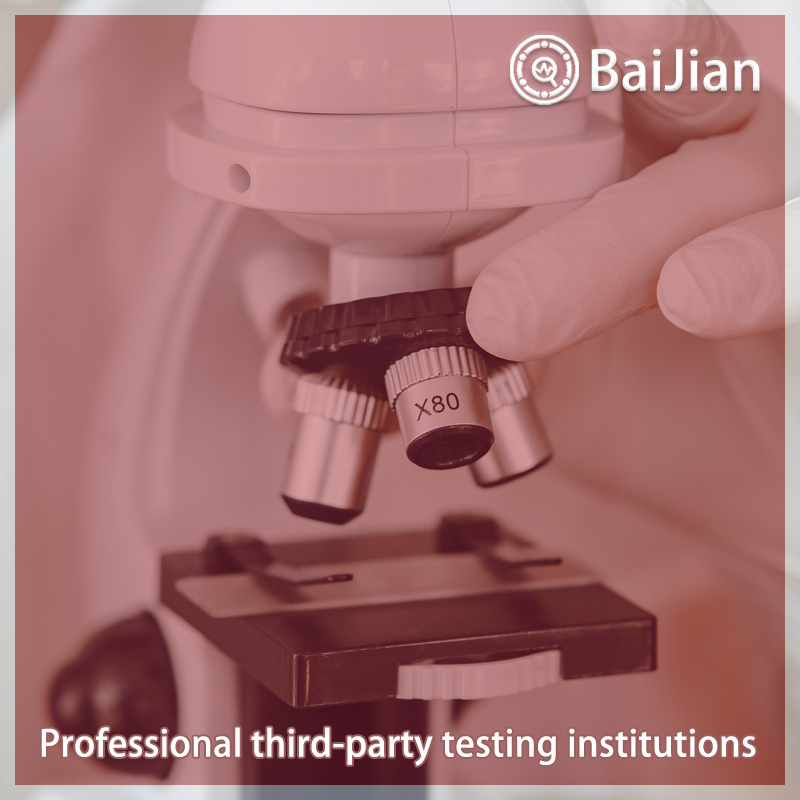
Scope
This standard specifies the terms and definitions, requirements, test methods, inspection rules and markings, user manuals, packaging, transportation, and storage of medical electronic thermometers This standard is applicable to digital medical electronic thermometers (hereinafter referred to as thermometers) that intermittently monitor human body temperature. This thermometer is used by medical departments or households to measure human body temperature and can be used in different parts of the human body, such as the armpit, oral cavity, anus, etc
Normative reference documents
The clauses in the following documents become the clauses of this standard through reference.
. For dated reference documents, all subsequent amendments (excluding corrected content) or revisions are not applicable to this standard. However, parties to agreements based on this standard are encouraged to study whether the latest versions of these documents can be used. For undated references, the latest version applies to this standardGB/T 191-2000 Packaging, Storage and Transportation Pictorial Symbols (cqv ISO 780:1997)
GB/T 2829-2002 Sampling Procedures and Tables for Periodic Inspection by Count (Applicable to the Inspection of Process Stability)
GB9706.1 Medical Electrical Equipment Part 1: General Requirements for Safety (GB 9706 1-2007, IEC 60601-1: 1988, IDT)
GB 9969.1 General Instructions for Industrial Products
GB/T 14233.1-1998 Inspection Methods for Medical Infusion, Transfusion, and Injection Equipment - Part 1: Chemical Analysis Methods
GB/T 11710-1993 Environmental Requirements and Test Methods for Medical Electrical Equipment
GB/T 16886 Biological evaluation of medical devices - Part 1: Evaluation and testing (idt 1SO 10993-11.1997)
Function of testing report:
1. Project bidding: Issue authoritative third-party CMA/CNAS qualification report
2. Online e-commerce platform entry: Quality inspection report recognized by major e-commerce platforms 3. Used as a sales report: issuing legally effective testing reports to make consumers more confident 4. Papers and research: Provide professional personalized testing needs 5. Judicial services: providing scientific, fair, and accurate testing data 6. Industrial problem diagnosis: Verify the troubleshooting and correction of industrial production problemsBaijian and testing process:
1. Telephone communication and confirmation of requirements
2. Recommend solutions and confirm quotations 3. Mail samples and arrange testing 4. Progress tracking and result feedback 5. Provide reports and after-sales service 6. If urgent or priority processing is requiredTesting and testing characteristics:
1. The testing industry is fully covered, meeting different testing needs
2. Fully cover the laboratory and allocate localized testing nearby3. Engineers provide one-on-one services to make testing more accurate
4. Free initial testing, with no testing fees charged
5. Self service order delivery for free on-site sampling
6. Short cycle, low cost, and attentive service 7. Possess authoritative qualifications such as CMA, CNAS, CAL, etc 8. The testing report is authoritative and effective, and is generally used in China